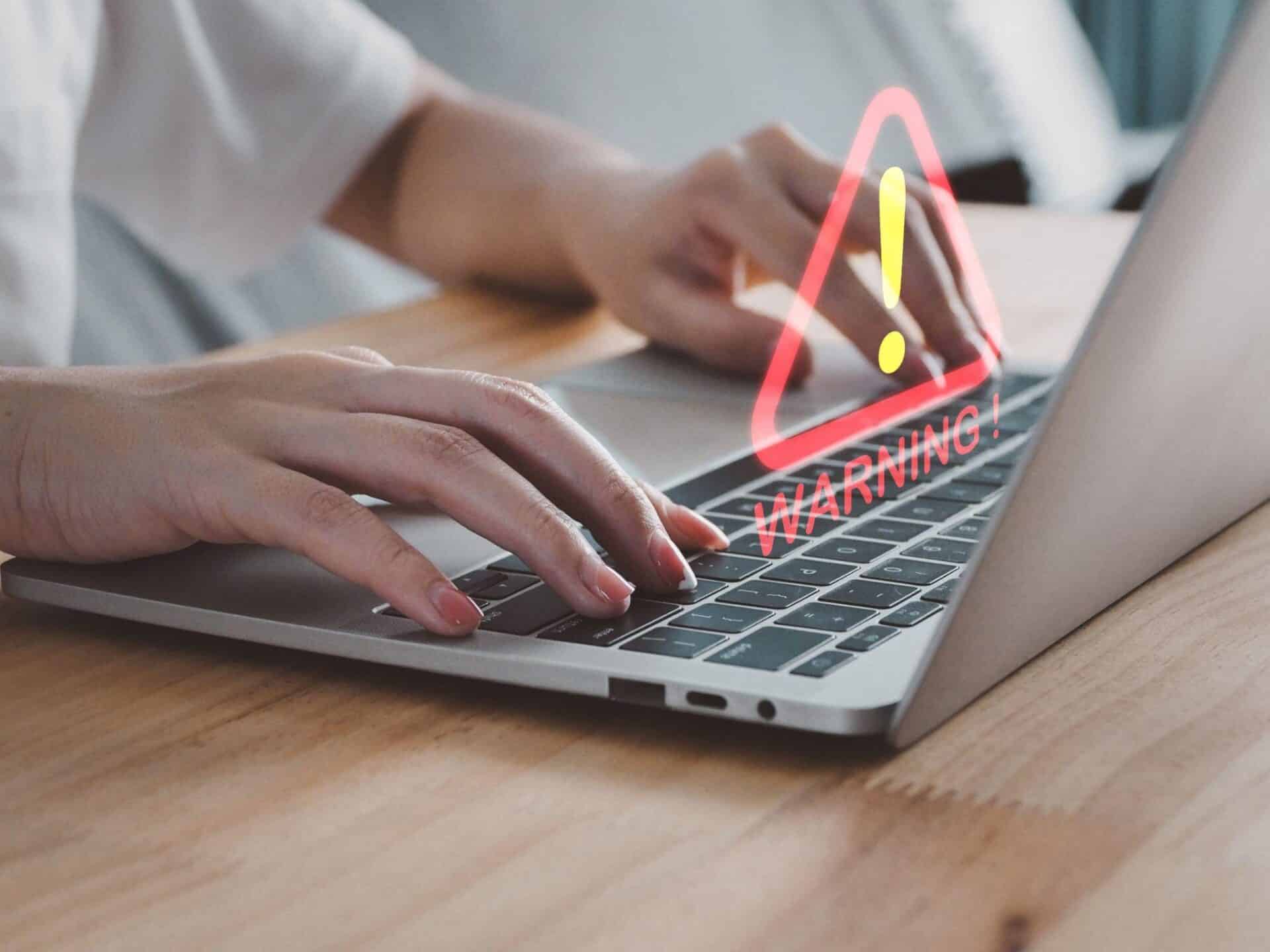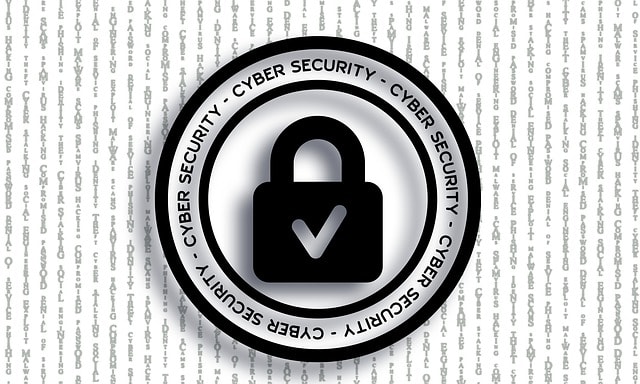When protecting your business, you’ve likely already given quite a bit of thought to external threats like hackers or cybercriminals. But what about the risks that lurk within your own organization? Internal security risks can be just as harmful, if not more so, than external threats. Luckily, there are ways to both recognize and mitigate these risks efficiently and thoroughly.
Read on as we get into how to do it, so your business can stay safe and keep thriving.
Understanding Internal Security Risks
Internal security risks stem from within your organization and can manifest in various forms. These risks include the following:
Employee Negligence
Employee negligence is one of the most common internal security risks faced by businesses today. It’s not that your employees are deliberately trying to harm your company; often, they simply aren’t aware of the potential risks associated with their actions. For example, an employee might click on a link in a phishing email without realizing it’s a scam, or they might leave their workstation unlocked, allowing unauthorized access to sensitive information.
Malicious Insiders
While it’s not pleasant to think about, the reality is that not all employees have your company’s best interests at heart. Whether it’s a disgruntled employee seeking revenge or a malicious insider looking to profit from selling company secrets, the threat posed by insiders cannot be ignored.
Recognizing the signs of a potentially malicious insider can be challenging, but there are some red flags to watch out for. Abrupt changes in behavior, excessive access to sensitive information, or attempts to circumvent security measures should all be cause for concern.
Poor Access Controls
Access controls are the gatekeepers of your organization’s digital assets, determining who can access what information and systems. When access controls are poorly implemented or managed, unauthorized individuals may gain access to sensitive data or systems, putting your business at risk of data breaches and other security incidents.
Lack of Training
Without proper training, employees may unwittingly become the weakest link in your organization’s security defenses. Many security incidents can be traced back to simple human error, such as falling for phishing scams or inadvertently disclosing sensitive information.
Recognizing Internal Security Risks
Now that we’ve identified the risks, let’s explore how to recognize and address them effectively:
Monitor Employee Behavior
Monitoring employee behavior can help you identify potential security risks within your business. Keep an eye out for any unusual or suspicious activity, such as attempts to access unauthorized areas of your network, unusual login patterns, or unauthorized attempts to install software or access sensitive information.
It’s important to strike a balance between monitoring employee behavior and respecting their privacy rights. Make sure your employees are aware of the monitoring practices in place and understand that it’s not about spying on them but rather protecting the company’s assets and data.
Regularly Review Access Controls
Access controls should be regularly reviewed and updated to ensure that they remain effective in preventing unauthorized access to sensitive information and systems. Conducting regular audits of user permissions and access rights can help identify any discrepancies or inconsistencies that may indicate potential security risks.
When reviewing access controls, pay close attention to any changes in employee roles or responsibilities, as these may require adjustments to access rights. Make sure to also revoke access promptly when an employee leaves the company or changes roles to prevent unauthorized access to sensitive data.
Educate Employees
Education is key to empowering employees to recognize and mitigate internal security risks. Provide comprehensive training on security best practices, including how to identify phishing attempts, the importance of using strong, unique passwords, and the potential consequences of mishandling sensitive information.
Make security training an ongoing part of your organization’s culture, rather than a one-time event. Cyber threats are constantly adapting, meaning cybersecurity training needs to keep updating to match, which then requires new security training. Regularly reinforce key concepts and provide updates on emerging threats and best practices to ensure that employees remain vigilant and informed.
Beware of Signs of Discontent
Disgruntled employees pose a significant security risk to your organization, as they may be more susceptible to engaging in malicious activities or intentionally undermining security measures. Pay attention to changes in employee behavior, such as increased absenteeism, decreased productivity, or expressions of dissatisfaction with their job or the company.
Foster an open and supportive work environment where employees feel comfortable expressing their concerns and grievances. Address any issues promptly and transparently to prevent them from escalating into more significant security threats.
Mitigating Internal Security Risks
Now that you know how to recognize internal security risks, let’s discuss how to mitigate them effectively:
- Implement Strong Access Controls: Use role-based access controls to ensure that employees only have access to the resources necessary for their job roles. Regularly review and update these controls as employees change roles or leave the company.
-
Enforce Least Privilege: Follow the principle of least privilege, which means granting employees the minimum level of access required to perform their job duties. This reduces the risk of unauthorized access to sensitive information or systems.
- Deploy Security Solutions: Invest in security solutions such as firewalls, intrusion detection systems, and data loss prevention tools to safeguard your network and data from internal threats.
-
Establish Clear Policies and Procedures: Develop and enforce comprehensive security policies and procedures that outline acceptable use of company resources, password requirements, data handling protocols, and incident response procedures.
- Encourage a Culture of Security: Foster a culture of security within your business by promoting awareness and accountability among employees. Encourage open communication about security concerns and provide incentives for compliance with security policies.
-
Monitor and Analyze User Activity: Implement monitoring tools to track user activity across your network. This can help detect suspicious behavior and potential security breaches in real-time.
- Regularly Update and Patch Systems: Keep your systems and software up to date with the latest security patches and updates to address vulnerabilities that could be exploited by internal or external threats.
By taking proactive steps to recognize and mitigate internal security risks, you can protect your business from potentially devastating consequences such as data breaches, financial losses, and damage to your reputation. Make protecting your business even easier by partnering with CMIT Solutions I-270 Corridor! Our team will see that you have all the IT help your business needs to stay safe. Contact us so you never have to worry about insider threats!





